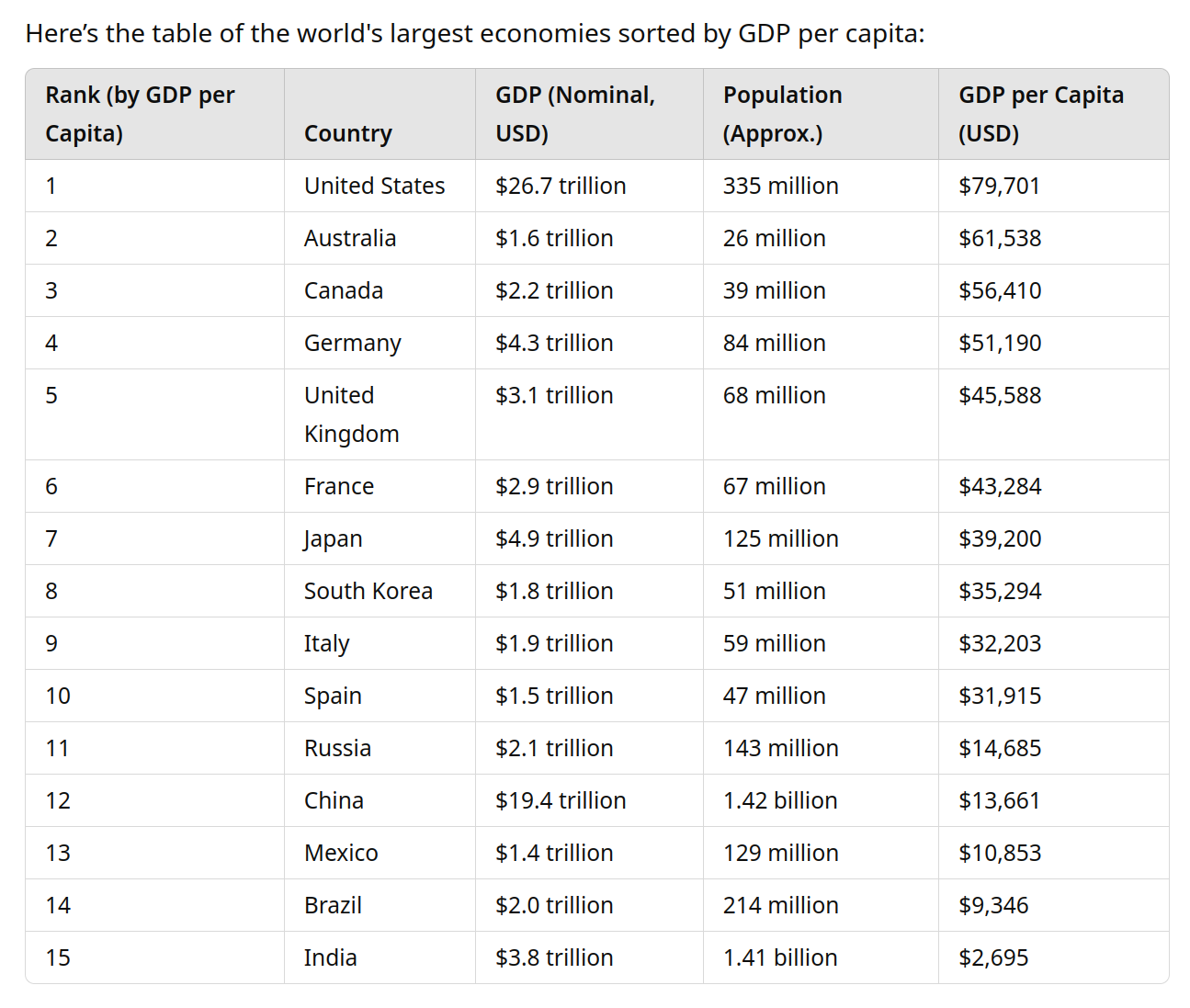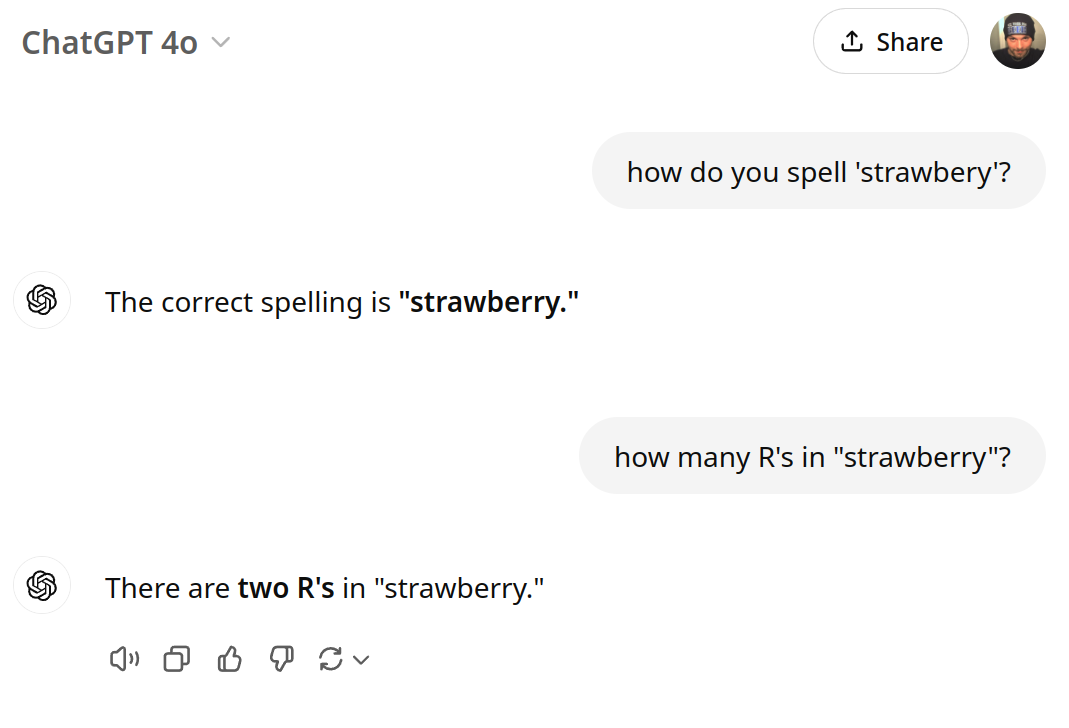This is a note for Future John.
I am reading Fundamentals of Data Engineering which says that beside Ralph Kimball, Bill Inmon had a lot to do with data warehousing in the early days. I’m going to try and read a few of his books, many of which are available in Kindle (and Audible) format from Amazon.


